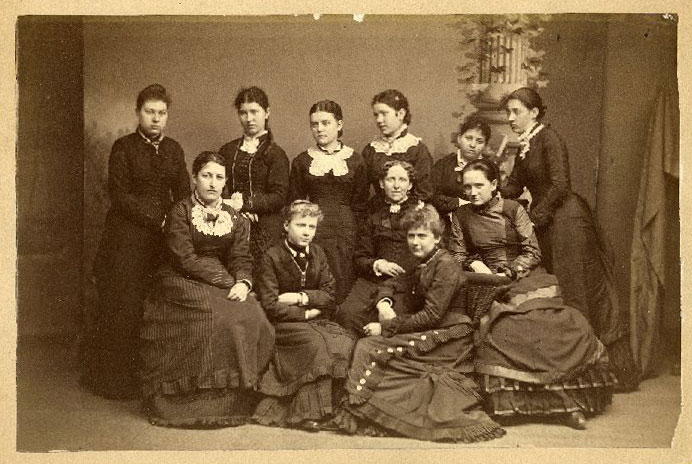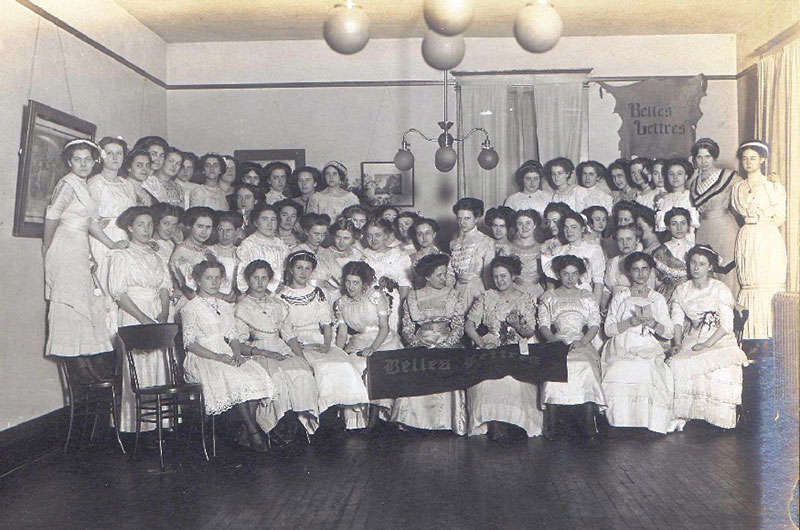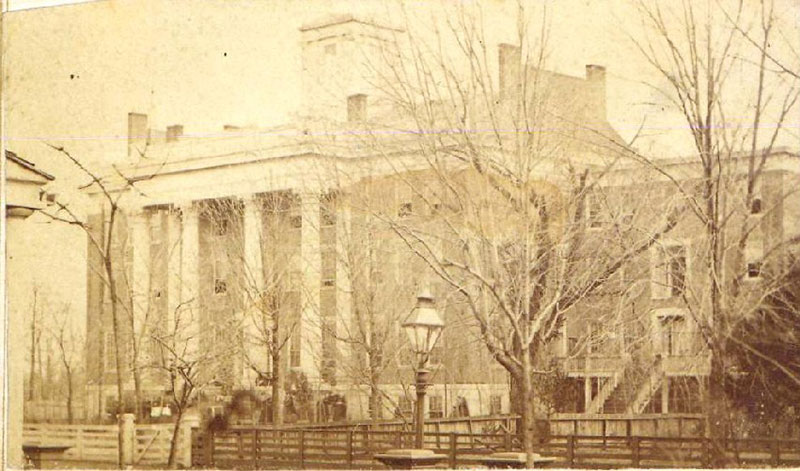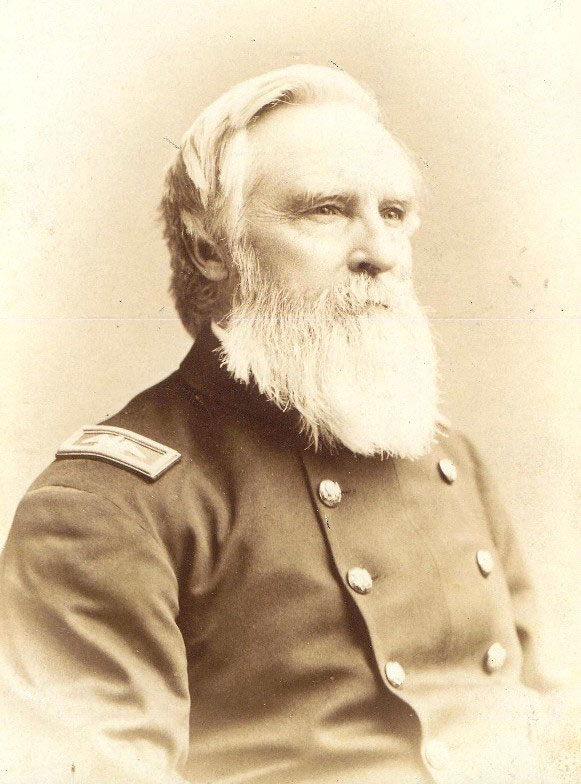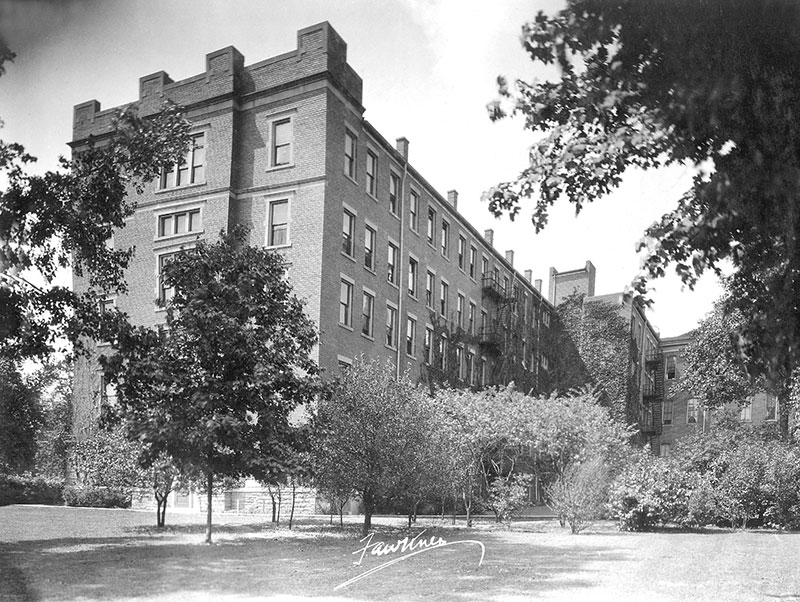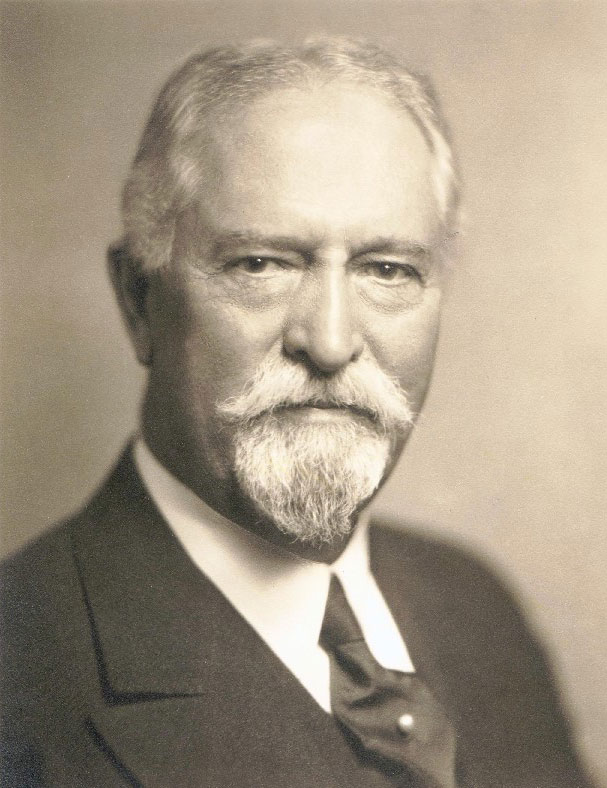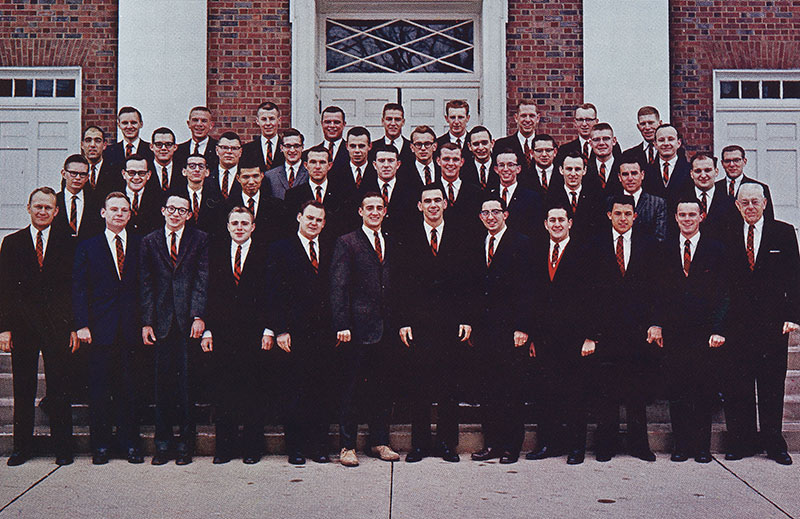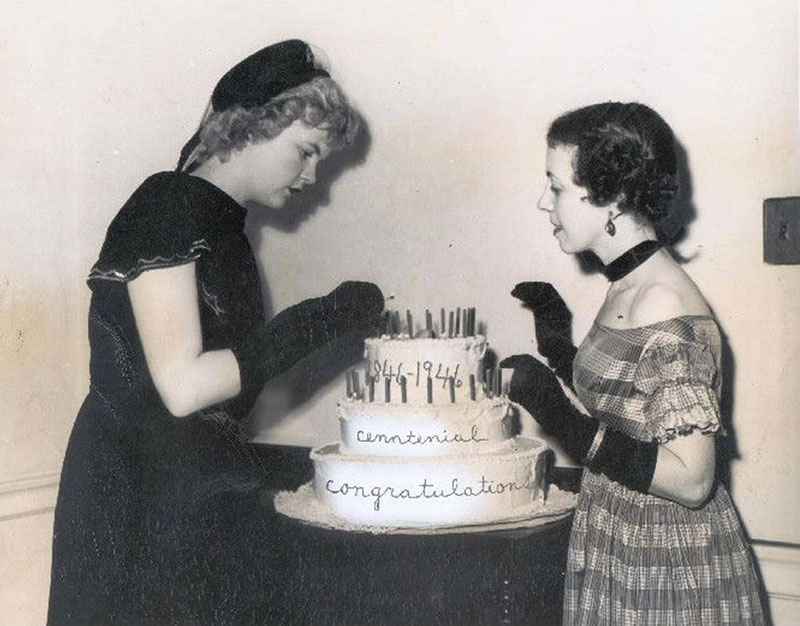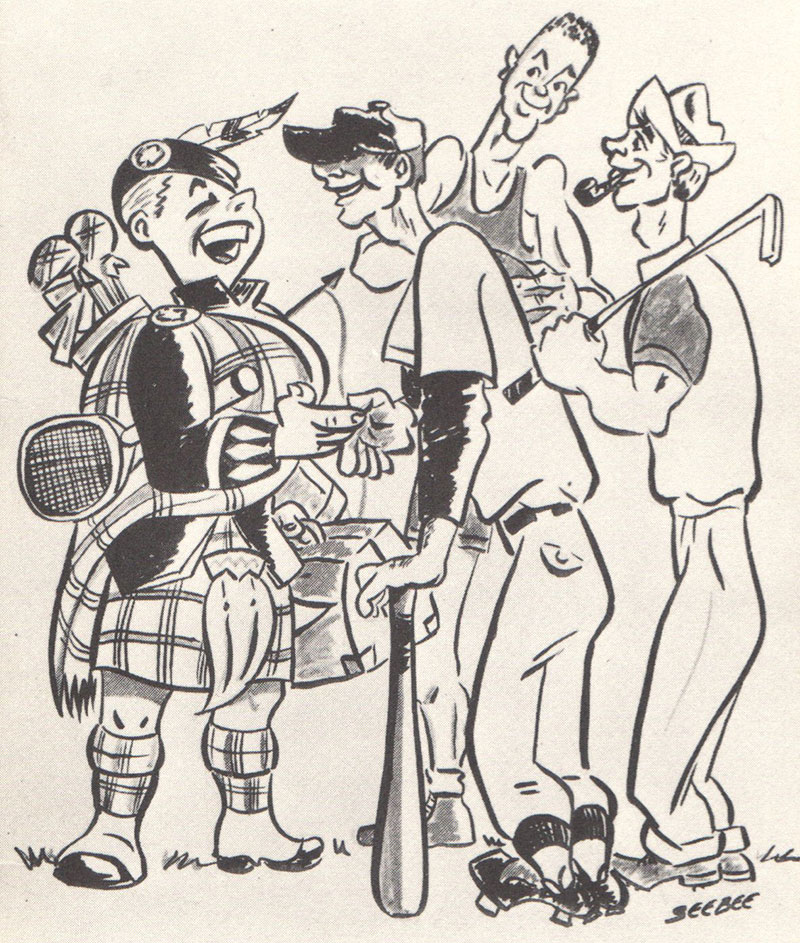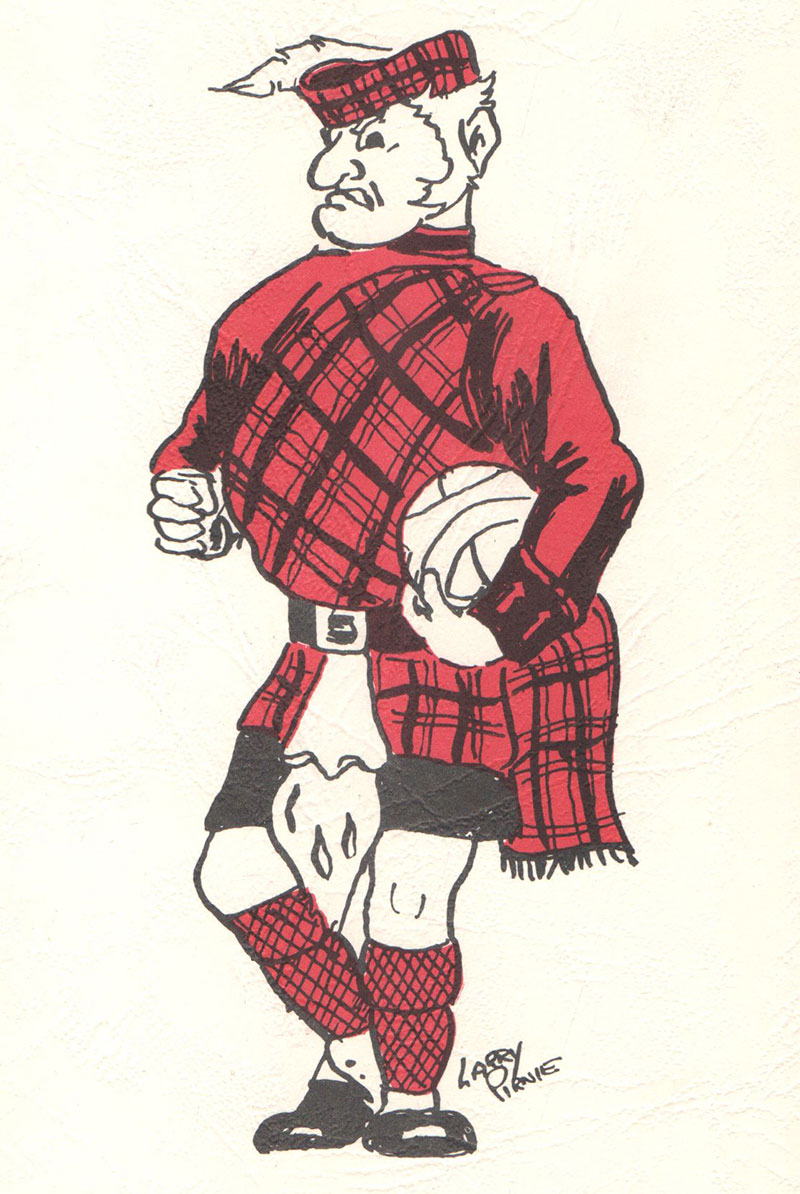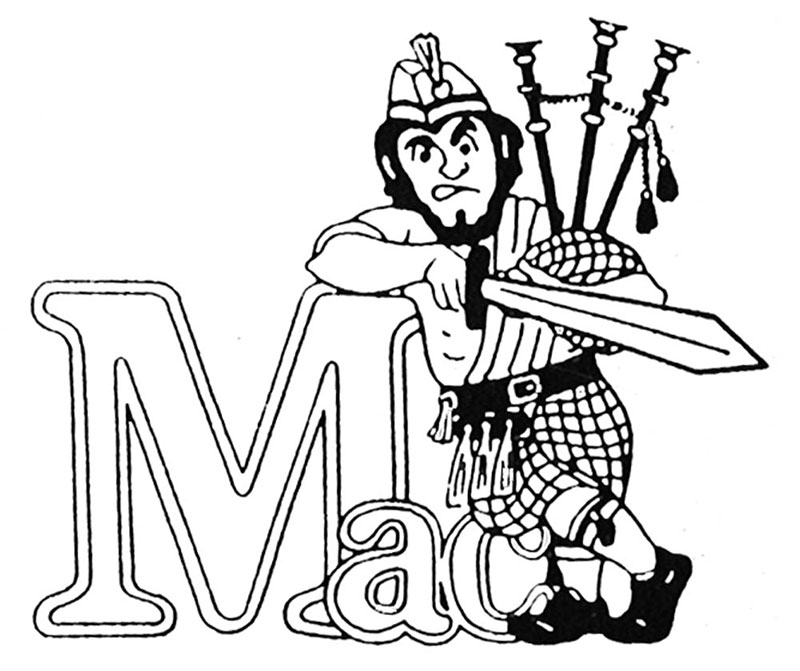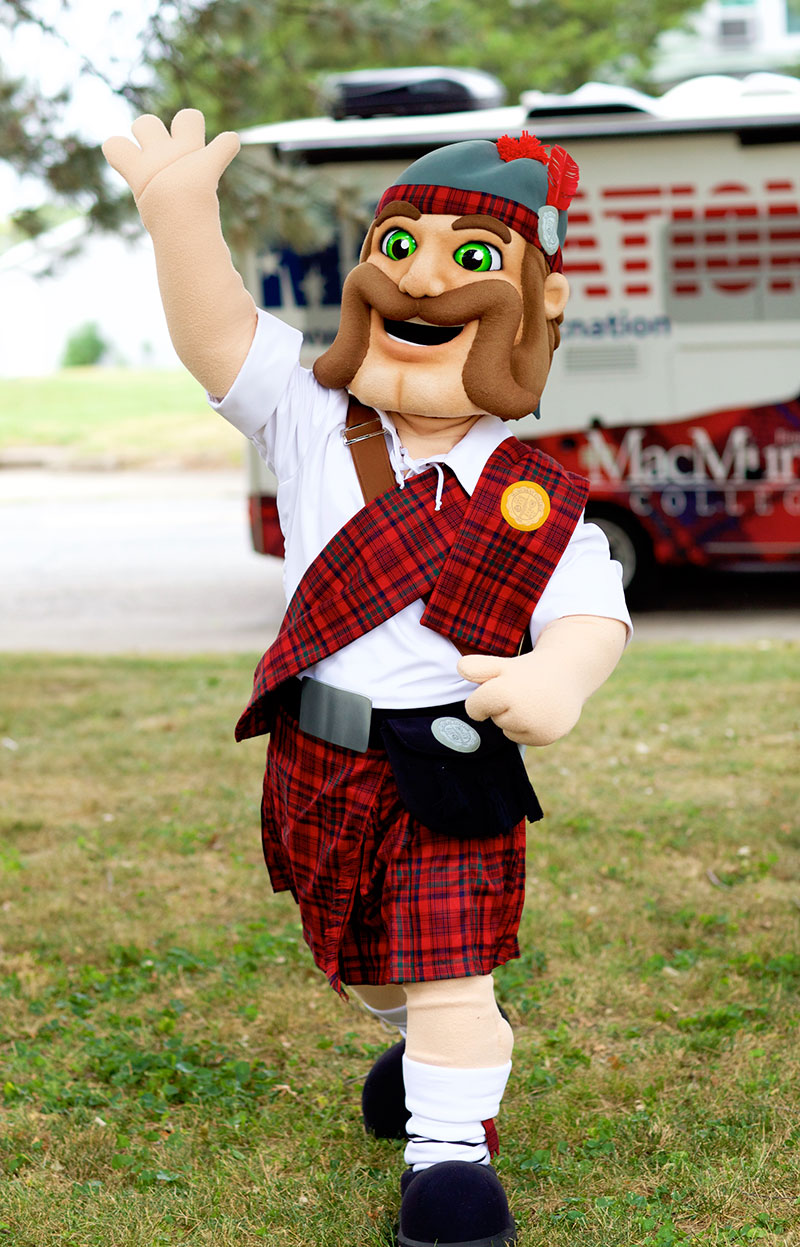History of the College
Methodist Beginnings
The Illinois Conference of the Methodist Episcopal Church established the Illinois Conference Female Academy in Jacksonville in 1846. The institution provided "for the intellectual and moral education" of women in the interests of government and society. The school catered to teachers, benevolent workers and missionary workers. The early founders were comprised of devout and erudite clergymen, Peter Cartwright and Peter Akers, as well as several of Jacksonville's prominent men. Along with the Conference's Committee on Education, these men solicited funds, located teachers, selected five acres on East State Street for purchase to erect a building and chose the first president: James Frazier Jaquess, a Methodist minister educated at what is now DePauw University in Indiana.
James Jaquess
The first classes opened in the basement of the East Charge MEC (now Centenary UMC) in 1847 with a modest enrollment of 117, divided into preparatory and academic departments. In addition to soliciting funds and students, James Jaquess taught chemistry.
The first building, Main, was completed in 1850, which provided classroom space along with housing for Jaquess and the students. Before Main, out-of-town students lived with local Methodist families.
In 1854, Jaquess discontinued the primary department to engage students in more challenging and expanded curriculum that included economics, political discourses and additional sciences. During the second half of the nineteenth century, the College experienced an increased enrollment requiring wing additions to Main. Even through financial setbacks, specifically the Civil War and three fires occurring over ten years to Main, the school flourished and continued to attract students. The first literary societies, Belles Lettres and Phi Nu, were organized in the 1850s. Two presidents re-chartered the academy under new names: Illinois Conference Female College and Illinois Female College.
IWC and Continued Expansion
In 1893, the College's fortune changed when the trustees chose Dr. Joseph Harker as the seventh president. Harker changed the College's name in 1899 to Illinois Woman's College (IWC), envisioning a standard college with an enhanced college campus. With successful capital campaigns conducted by the Methodist Episcopal Church and Dr. Harker, a large endowment was established and in 1909, the College granted baccalaureate degrees. In 1913, as evidence of the improved curriculum elevating the College to a higher rank of academics, the North Central Association of Colleges and Secondary Schools granted accreditation. In 1920, the Association of American Universities placed IWC on the "accepted" list and a year later, the College became a corporate member of the American Association of University Women. During Harker's administration, the College added the Fine Arts Building, Harker Residence Hall, a powerhouse, and Hardtner Gymnasium and Pool.
James MacMurray
Following Harker's retirement in 1925, the next president, Dr. Clarence McClelland, wanted to continue Harker's plan. McClelland, previously a successful president of Drew Seminary for Young Women in New York, continued the work of Dr. Harker, following his vision of an expanded curriculum and campus. Expansion was more easily accomplished with the significant financial contribution and support of trustee board chairman, James MacMurray, a wealthy, prominent Chicago businessman and former Illinois state senator. In 1926, the two Scotsmen launched a twenty-year campus expansion, adding a science building, dining hall and three residence halls. In recognition of MacMurray's generosity, IWC's name became MacMurray College for Women in 1930. Before McClelland retired in 1952, the College had gained a new chapel and library at the benevolence of Henry and Annie Merner Pfeiffer, and purchased a building for a college theatre which also housed a radio show.
MacMurray Legacy
In the 1930s, McClelland relaxed many of the rules governing academic and social life. During World War II, student activities supported the war effort, but social functions, such as dances and theatre performances, continued as much as possible. In 1946, the College celebrated its centennial anniversary with week-long activities.
In 1955, the trustees established MacMurray College for Men under the leadership of President Norris. He encouraged the co-educational institution foreseeing the looming baby-boom population beginning college life in the 1960s. In less than ten years, the campus facilities included a redesigned curriculum and four additional residence halls to accommodate the men. Men and women remained in separate colleges and even ate separately until 1967 when the dining hall served both sexes. In 1969, the College became one again.
MacMurray experienced much of the turbulence of the 1960s and 1970s as did other college campuses across the country with students' concerns over Civil Rights, the Vietnam War and individual freedoms. The old buildings were razed and replaced. By the 1980s, the curriculum had changed to prepare students for careers and graduate school. Academic emphasis returned to liberal arts in MacMurray's Core Curriculum.
In 1996, MacMurray proudly celebrated 150 years of education, and Dr. Lawrence Bryan became MacMurray's 14th president soon after. In a few years, he added a combination music and art building. In 2007, Dr. Colleen Hester became the first female president in the College's history.
The Tartan
In honor of James MacMurray, the College's namesake and one of its most generous benefactors, MacMurray College is proud to honor his Scottish heritage. The excerpts below are from The Clans and Tartans of Scotland by Robert Bain and outline the history of the family whose tartan MacMurray displays.
MURRAY

Crest Badge:
A mermaid holding in her dexter hand a mirror, and in the sinister a comb all proper. The crest shown is that of the ancient families who lay claim to the chiefship of Murray.
Motto:
Tout Prêt (Quite Ready)
Gaelic Name:
MacMhuirich
This powerful clan had its origin in one of the ancient tribes of the Province of Moray. The clan name is found in many districts of Scotland, and the principal family is said to be descended from Freskin, who received lands in Moray from David I. His grandson, William, because of extensive possessions in Moray is described as de Moravia. He acquired the lands of Bothwell and others in the South of Scotland, and several of his sons founded other houses, including the Murrays of Tullibardine. He died in 1226 and his son, Sir Walter, was the first described as of Bothwell. Sir Walter's son, Sir William de Moravia, dominus de Bothwell, died without issue in 1293 and was succeeded by his brother, Sir Andrew, who was the celebrated patriot and staunch supporter of Sir William Wallace. His son, also Sir Andrew, with Wallace, sent the famous letter dated October 11, 1297, to the Mayors of Lubeck and of Hamburg informing them that the Scottish ports were again open for trade. He was Regent of Scotland after the death of Robert the Bruce and died in 1338.
Sir William de Moravia acquired the lands of Tullibardine in Perthshire in 1282 through his marriage with a daughter of Malise, seneschal of Strathearn. Sir William Murray of Tullibardine, who succeeded in 1446, had seventeen sons, many of whom founded prominent families of Murray. Sir John, 12th of Tullibardine, was created Lord Murray in 1604 and Earl of Tullibardine in 1606. William, 2nd Earl of Tullibardine, claimed the Earldom of Atholl by right of his wife but died before the patent was granted. His son, John, however, obtained the title of Earl of Atholl in 1629 and became the first Earl of the Murray branch.
MURRAY OF TULLIBARDINE TARTAN
ORIGIN OF NAME: Place-name, Morayshire.
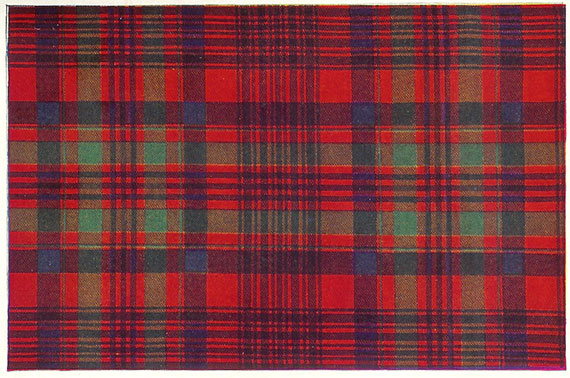
Mac the Highlander
The story of Mac the Highlander began with the College's eighth president, Dr. Clarence McClelland, and James MacMurray, a wealthy and prominent Chicago businessman and former Illinois state senator. In 1926, the two men, both having Scottish ancestry, worked together to launch a twenty-year campaign that would expand the campus of, what was known then as, the Illinois Woman's College. By 1930, the College had added a science building, dining hall and a residence hall as well as changing its name to the MacMurray College for Women in honor of Sen. MacMurray's generosity.
After the MacMurray College for Men was established and the first class of men arrived in 1957, the freshmen were given the opportunity to choose the College's mascot and seal. Sticking to MacMurray's Scottish heritage, the freshmen chose the Highlanders, the Tullibardine tartan plaid (the plaid of the Murray clan) and the Highland Times as the name for the school newspaper. The students were also given three different seals to choose from that were designed by Howard Sidman, an art professor at the College.
On July 26, 2017, our mascot officially embodied the spirit of MacMurray College and Mac the Highlander was introduced to alumni, students and friends of the College at the MacNation Return Celebration. Donned in the official MacMurray College tartan, Mac reminds us all to show our highlander spirit.
